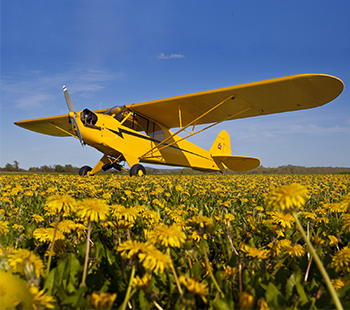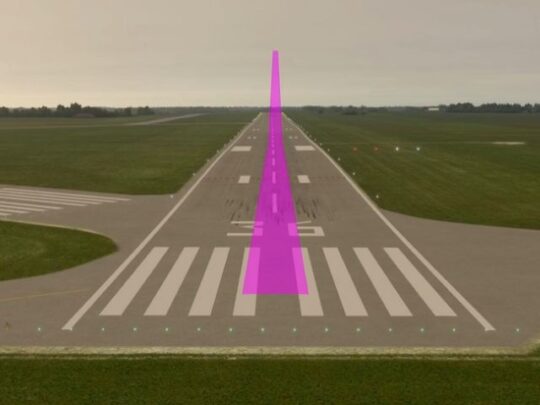Subscriber question:
“I dream of owning a Piper Cub. However, I have no tailwheel time and have heard horror stories about landing tailwheel airplanes. Not to mention insurance. Am I crazy, or is taildragger flying still possible for an average pilot?” — Shelly Z.
Elaine:

“You’re not crazy. Flying tailwheels is within reach even for student pilots. (There was a time when everyone’s first airplane had a tailwheel.) Like you, I learned nosewheels initially and then pursued the coveted tailwheel endorsement. I’ve been flying them ever since, and now I teach in them. Here are a few tips to get you started.
Tailwheel airplanes require purposeful, accurate inputs and there’s less margin for error. Tailwheels are also more sensitive to crosswinds. You might get away with sloppy, insufficient, or incorrect control inputs with a nosewheel. Not in a tailwheel. Now, this doesn’t mean they’re always ready to swerve out of control, but they do require you to constantly anticipate and respond.
One of the benefits of tailwheel flying is a heightened awareness of personal and aircraft limitations. That’s good in any airplane.
Insurance rates for tailwheels are higher. However, they should drop down as you accumulate incident-free hours. Do your part by getting ground and flight training specific to the airplane you want to fly. Get recurrent training on a regular basis to stay safe and keep the insurers happy, and you’ll be happy too, having fun flying a tailwheel.”
Do you fly tailwheel? Do you want to?

